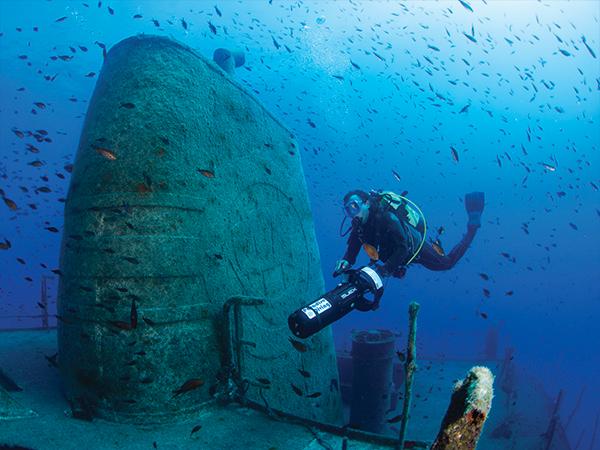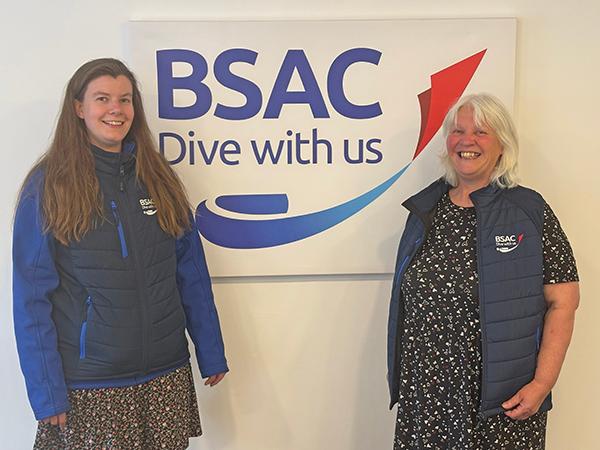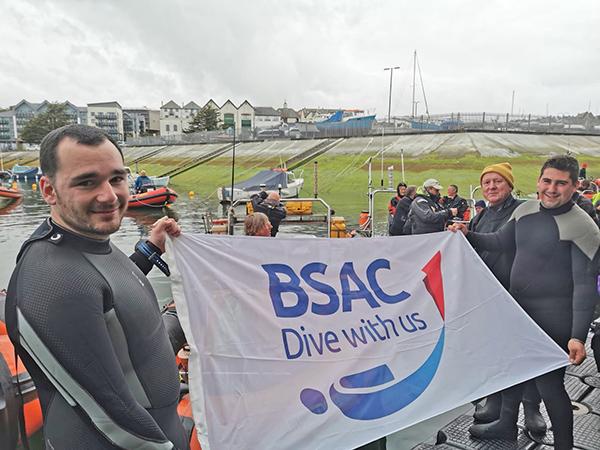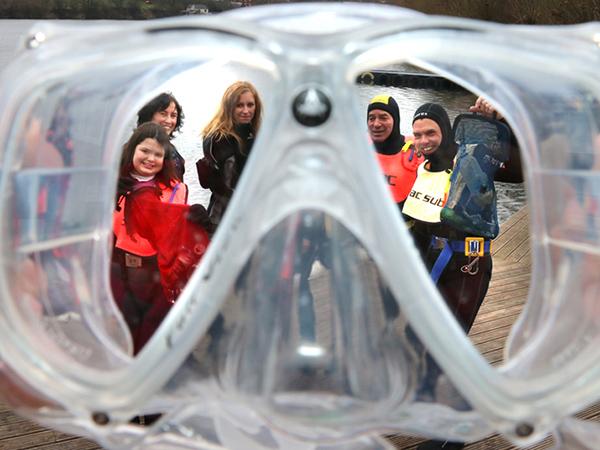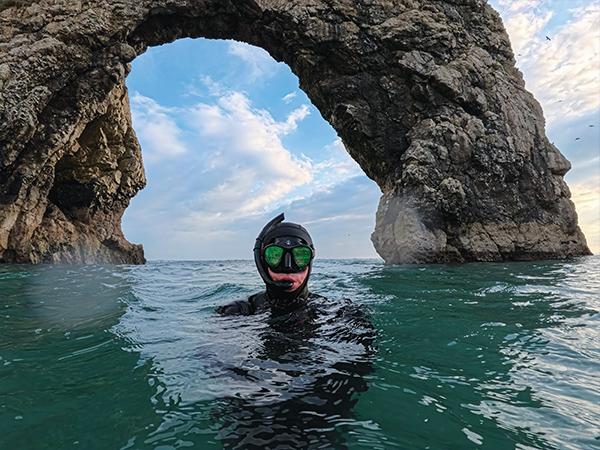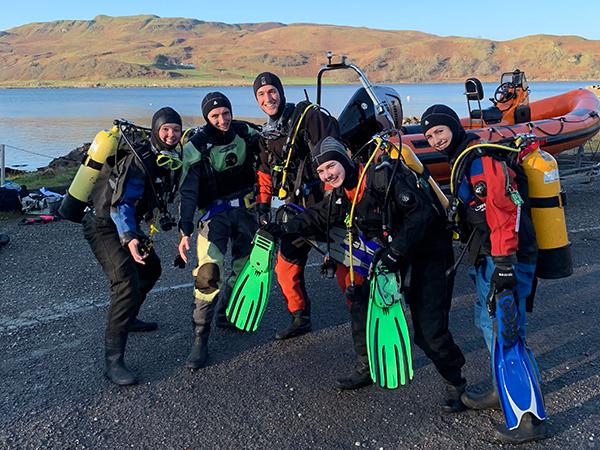As a diver, it's important to understand the law if you are planning on diving a protected wreck. Wrecks are protected by two main groups: the heritage agencies such as Historic England, Historic Scotland, CADW (Wales) and Northern Ireland for historic wrecks and the Ministry of Defence (MOD) for vessels lost in military service.
The heritage agencies have their own national legislation and maintain their own list of protected wreck sites, following devolution, though many of the wrecks were originally protected under the Protection of Wrecks Act 1973.
Diving protected wreck sites
Vessels lost in military service
The Ministry of Defence (MOD) legislates through the Protection of Military Remains Act 1986 and covers any vessels lost in military service that it feels needs protection. The MOD has a list of all wrecks protected under the Protection of Military Remains Act 1986 which can be found at legislation.gov.uk.
The Protection of Military Remains Act 1986 covers the whole of the UK and vessels engaged in military service worldwide. It covers all protected vessels lost on military service wherever they are in the world. The protection in foreign waters only applies to British Nationals or British flagged vessels. In the UK it applies to everyone.
The wrecks can be protected either as Protected Places or Controlled sites.
Protected Places
These vessels do not have any position given. This is because the vessel, wherever she may be, is a Protected Place. It is only vessels that are designated as Controlled Sites that have their charted position identified. Protected places may be dived without permission, but divers may not enter the vessel or take anything from it.
Controlled Sites
Controlled sites have a charted position, so will have a Lat/long reference. These vessels may not be dived under any circumstances without the permission of the MOD, a permission that is rarely granted.
Historic wrecks
Historic wrecks are either protected or scheduled. The words are important. Protected means you need a licence to dive them-either as part of a team or a diver trail.
Scheduled means it is a scheduled ancient monument. This used to be just for sites on land, like castles, but now wrecks are also scheduled - a new way of giving them protection against interference. If you dive a scheduled wreck you can dive it freely, without interference. If you want to do things like survey you will need to talk to the maritime team at Historic England and get permission.
The other lists of protected wrecks are usually used to protect historic wrecks and are administered by their devolved governments:
Scheduled sites in England - these sites can be visited but are protected from interference, such as the removal of objects:
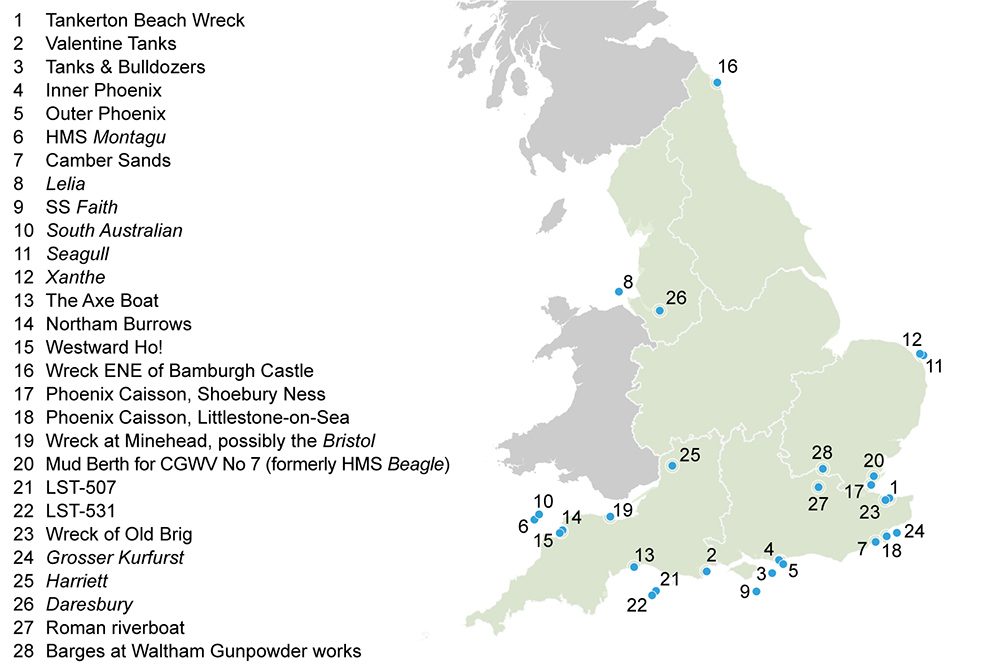
29 Josephine Willis (near Folkestone, not shown)
Protected wreck sites in England - divers require a licence to visit these sites:
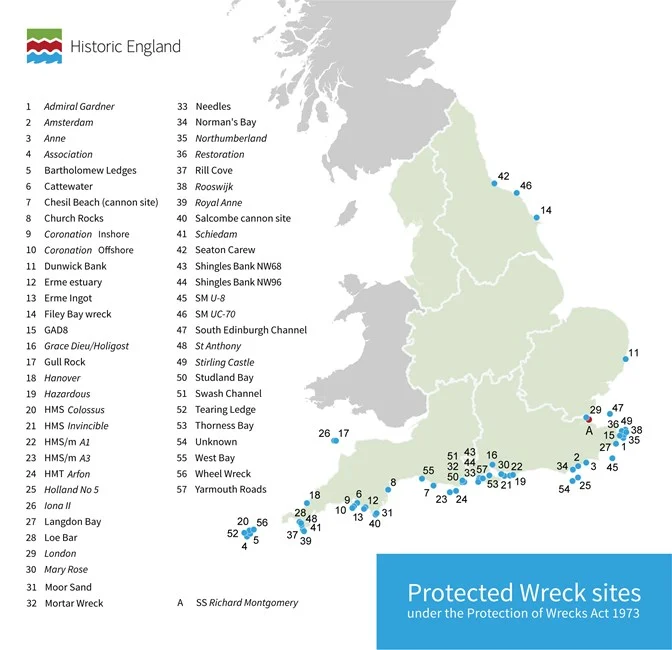
Maps by kind permission of Historic England
It is best to check each country’s websites if you aren’t sure about their protected wrecks. Most are protected because they are historically important but two are protected because they are dangerous:
- SS Castilian
- SS Richard Montgomery - this wreck has enough explosives in her to take out a substantial part of the Thames Estuary
Wrecks protected in English waters can be found if you search for List of Designations under the Protection of Wrecks Act 1973. Because each of the UK countries has a different list of the wrecks that they protect, and a different licensing requirement you should check the up to date lists on their websites.
Currently, Historic England is running special licensing arrangements for some historic wreck diver trails, for example, the diver trail off Lundy and also the Coronation site in Plymouth.
Protected wrecks and the law
Around the coast of the UK there are over 200 wreck sites designated as protected wrecks by legislation:
- Protection of Wrecks Act 1973
- Protection of Military Remains Act 1986
- Ancient Monuments & Archaeological Areas Act 1979
- Historic Marine Protected Areas (Scotland).
Find out more about protected wrecks and the law.
Helpful links
Find out more on gov.uk about:
- the process of reporting a wreck
- responsibilities of the Receiver of Wreck
- Contact the Receiver of Wreck and other useful contacts
- the law relating to wreck
Divers must report any material recovered from wrecks recovered anywhere in the United Kingdom, or brought into the United Kingdom from anywhere in the world to the Receiver of Wreck, preferably within two weeks of recovery or bringing it into the UK. It is a simple process and will make sure you are on the right side of the law.

